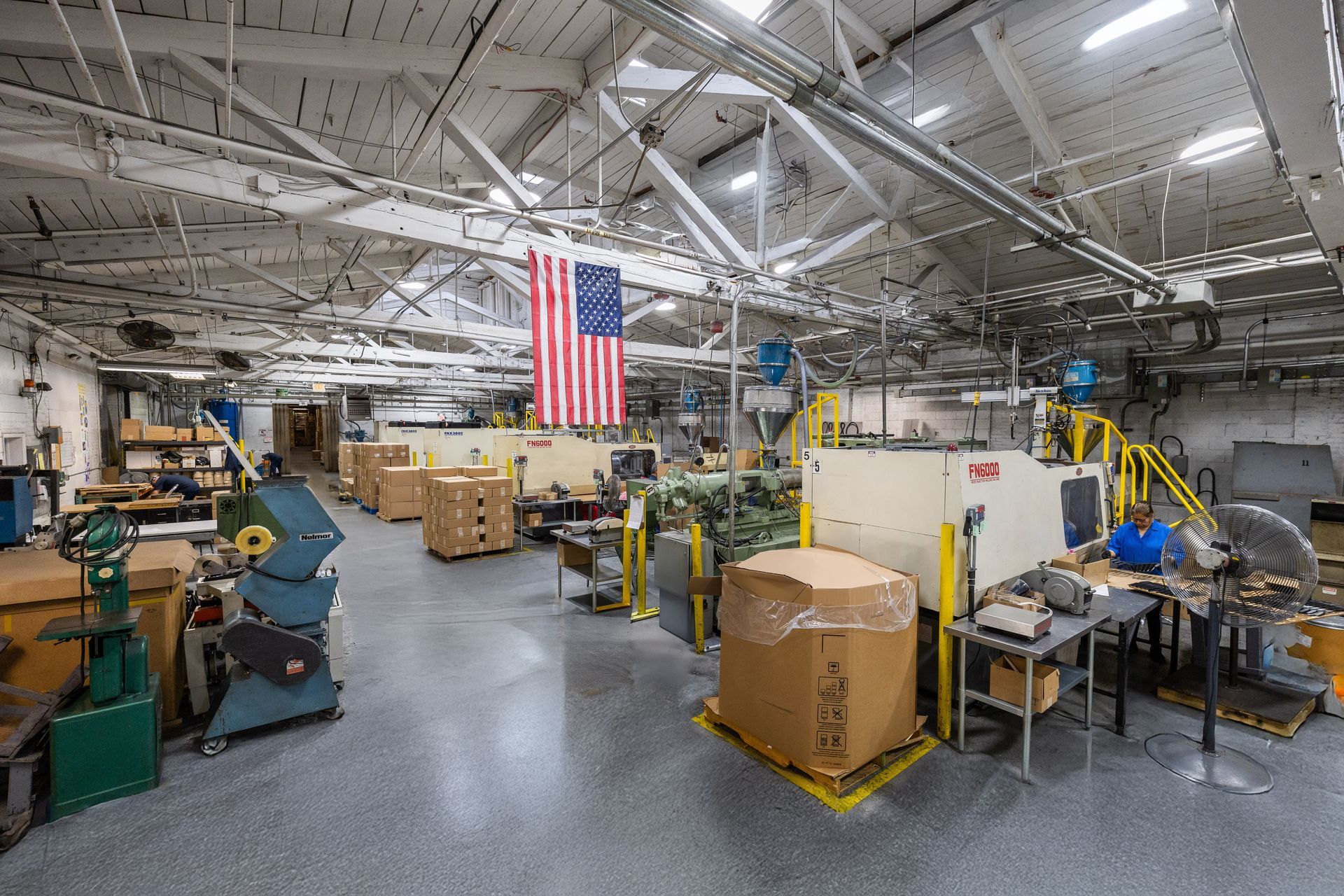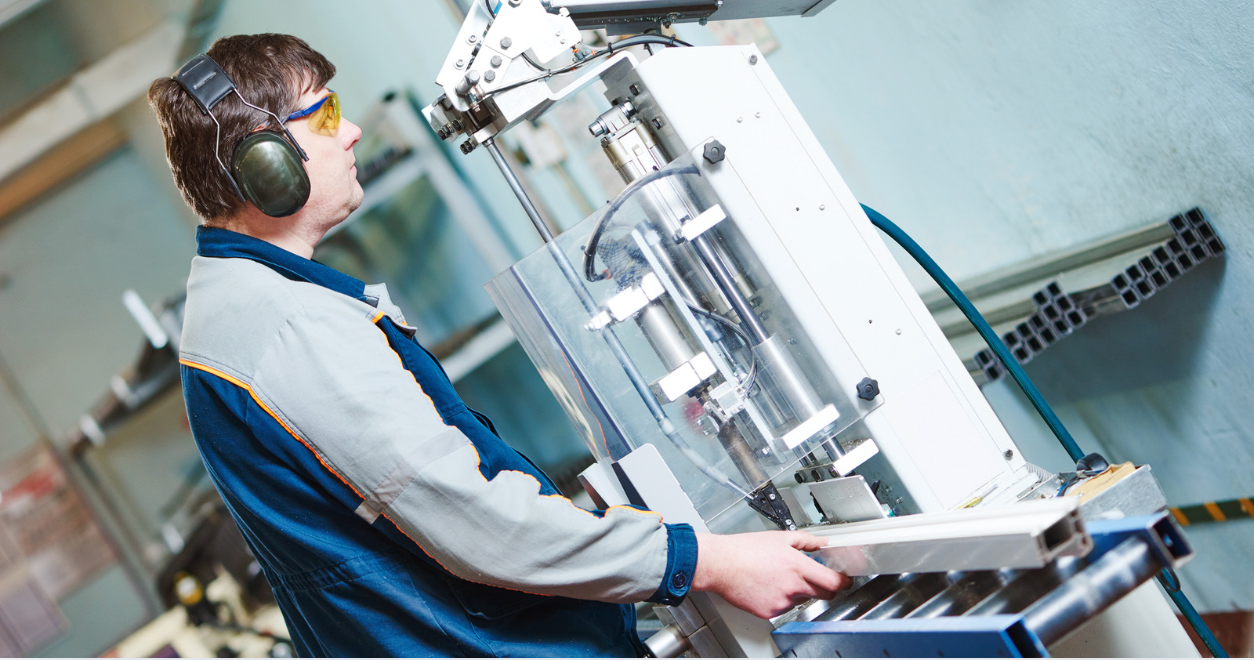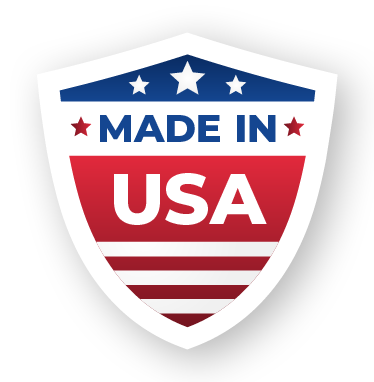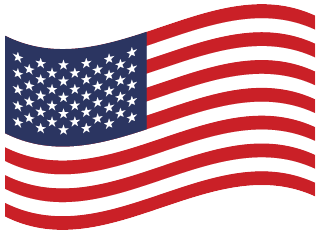Developing Toys Using 3D Prototyping
In an ideal world, the initial design for a toy would require no adjustments and production could begin as soon as the design is completed. Of course, in reality, it's not that easy, and in the past, prototyping and mold modifications could be an expensive and time-consuming process. The advent of 3D printing has changed everything, so that inexpensive prototypes can quickly be generated, allowing a realistic toy to be tested and readied for market. In today's world of rapidly changing trends, getting your toy to store shelves more quickly can be critical.
What Is 3D Prototyping?
Also known as rapid prototyping, 3D prototyping is a computer-based way to generate a physical, to-scale, plastic copy of your toy's design using a 3D printer. Several techniques are available, varying a little in their level of detail. Multiple types of plastic source materials can be used, allowing a prototype to be virtually identical to the end product.
Benefits of 3D Prototyping
Besides being a much more rapid process than traditional prototyping techniques, 3D prototyping has a lot to offer.
Testing. Simplify safety testing and easily make multiple copies of your toy to test with focus groups — especially for children who need to handle a realistic version.
Adjustable. Design changes can quickly be tested, even modified during the printing process.
Savings. Time saved in prototype creation (3D printing is generally much faster than other methods), and better testing and evaluation options mean less risk of retooling costs and a shorter, more cost-effective production cycle.
Sustainable. Able to be done quickly, in-house, and using a minimum of material with almost zero waste, 3D prototyping is a sustainable way to generate a physical copy of your toy's design.
Recent Articles











